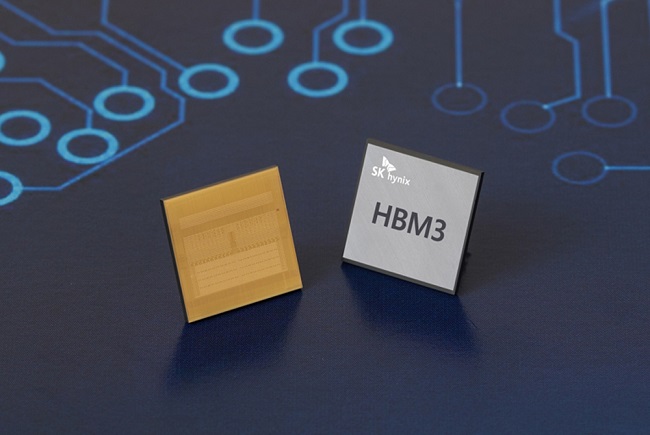
This photo provided by Samsung Electronics Co. on May 12, 2023, shows the company’s 128-gigabyte (GB) DRAM supporting the Compute Express Link (CXL) 2.0 interconnect standard.
SEOUL, May 15 (Korea Bizwire) — South Korean chipmakers are making extensive efforts to develop next-generation memory technology in order to overcome the recession and prepare for the upcoming market upturn.
Samsung Electronics Co. recently announced its plans to develop and mass-produce a 128-gigabyte DRAM, which will support Compute Express Link (CXL) 2.0.
This will be the first of its kind in the industry and is expected to be completed by the end of this year.
This development follows Samsung’s achievement of creating the world’s first CXL 1.1-based CXL DRAM in May of last year.
CXL is an open industry-standard interconnect based on the PCI Express (PCIe) 5.0 interface that enables high-speed, low latency communication between the host processor and devices, such as accelerators, memory buffers and smart input/output devices.
Unlike conventional DDR-based memory, which has limited memory channels, Samsung’s CXL-based DRAM module has the capability to expand its memory capacity to the terabyte level while reducing system latency.
This makes it an ideal solution for data-intensive applications, including artificial intelligence (AI) and high-performance computing (HPC) workloads in data centers.
SK hynix Inc. has also made significant progress in memory technology development.
In October of last year, the company successfully developed a Computational Memory Solution (CMS) that integrates arithmetic functions into CXL memory, making it the first of its kind in the industry.
This achievement followed the development of a CXL-based memory sample in August.

This image, released by South Korean chipmaker SK hynix Inc. on April 20, 2023, shows its latest high bandwidth memory (HBM) DRAM chip.
In February 2021, Samsung achieved another milestone by developing the world’s first high-bandwidth memory (HBM) using processing-in-memory (PIM) technology.
PIM is a technology that integrates an AI engine in the memory core to process some of the logic functions, enhancing high-speed data processing in supercomputers and AI applications.
In February 2021, Samsung introduced the industry’s first high bandwidth memory (HBM) PIM, the Aquabolt-XL, that incorporated the AI processing function into its HBM2 Aquabolt.
Its HBM-PIM has since been tested in the Xilinx Alveo AI accelerator, which boosted system performance by 2.5 times, while reducing energy consumption by more than 60 percent.
A year later, SK hynix developed a GDDR6-AiM sample, which featured the first application of PIM.
HBM technology, which enhances data processing speed compared to existing DRAM by vertically stacking multiple DRAMs, is also undergoing continuous evolution.
Recently, SK hynix achieved another breakthrough by becoming the first company in the world to develop a new HBM3 product with a capacity of 24GB, the highest in the industry.
Furthermore, it has plans to develop HBM3E product samples, which represent the fifth generation of HBM, in the latter half of this year. Mass production is expected to commence in the first half of next year.
J. S. Shin (js_shin@koreabizwire.com)






